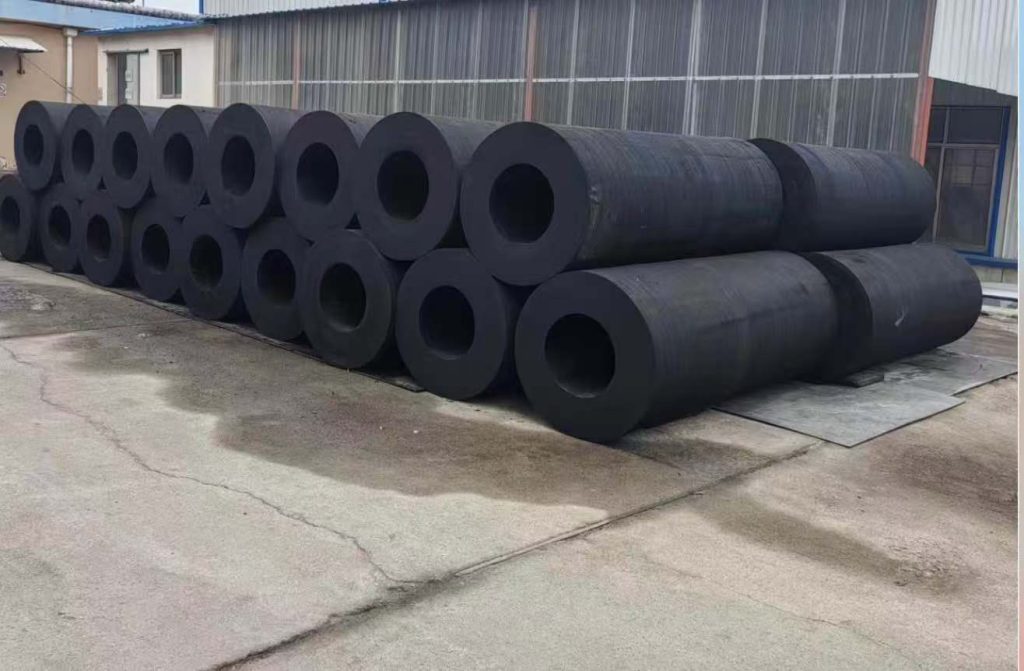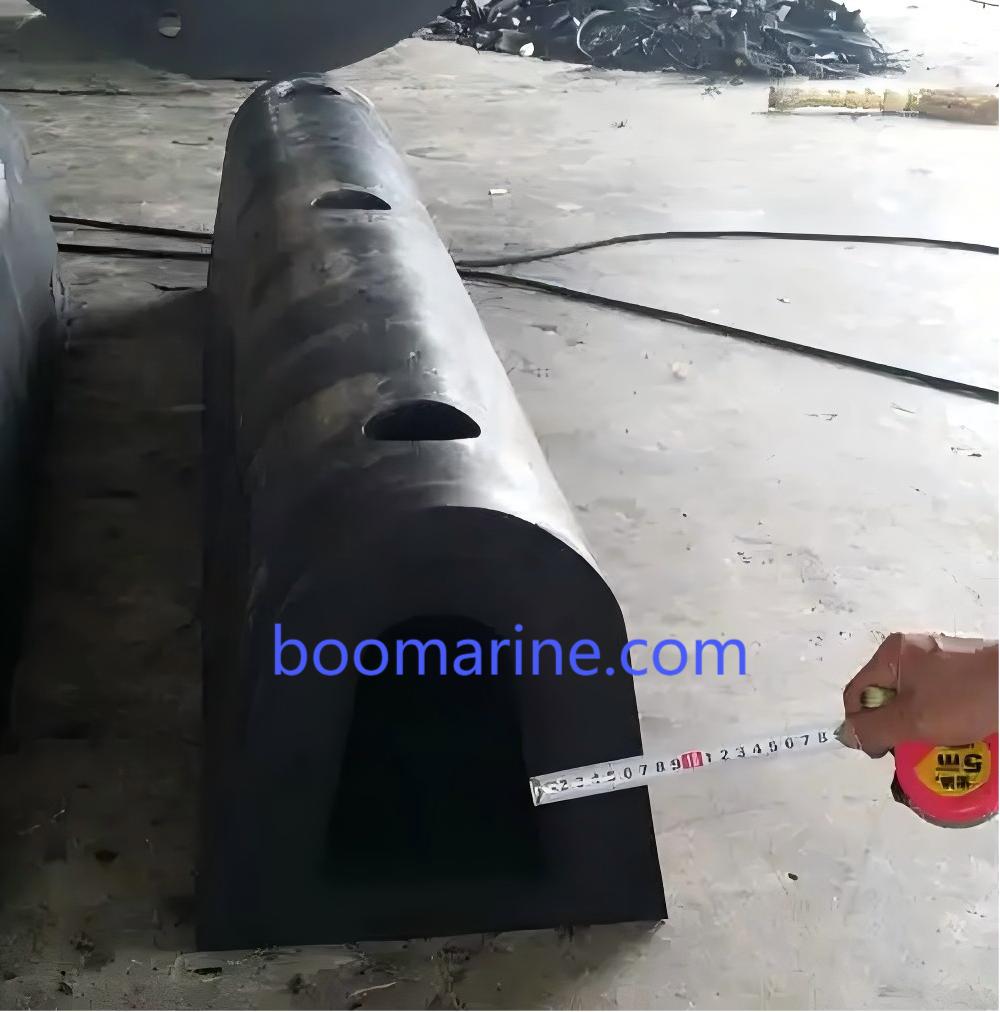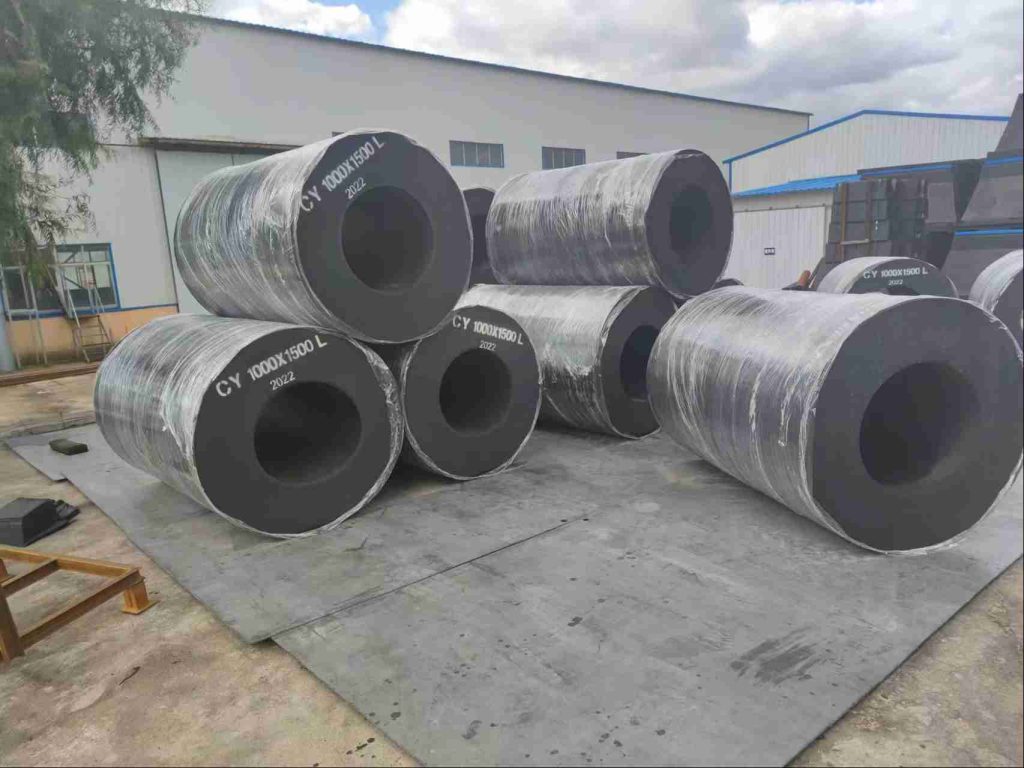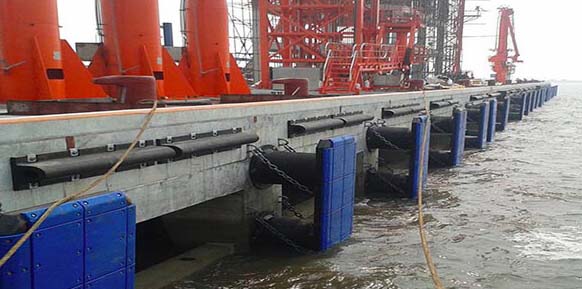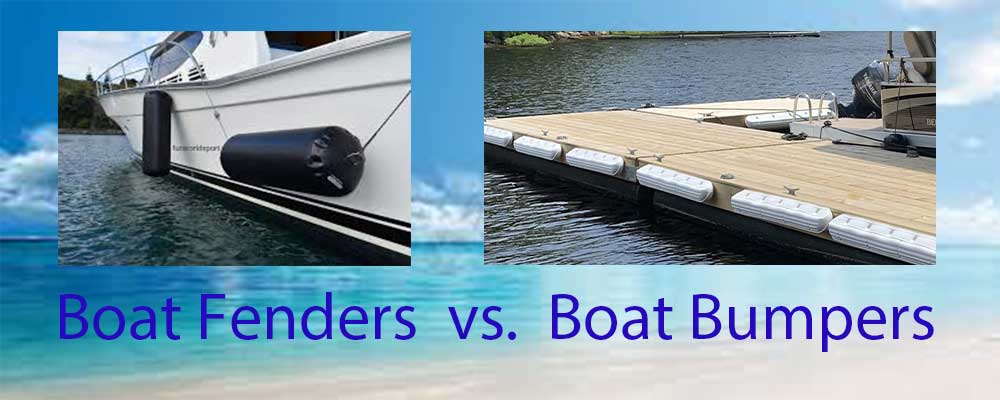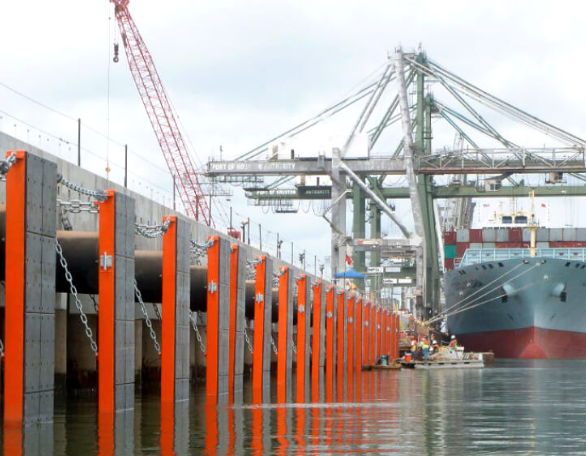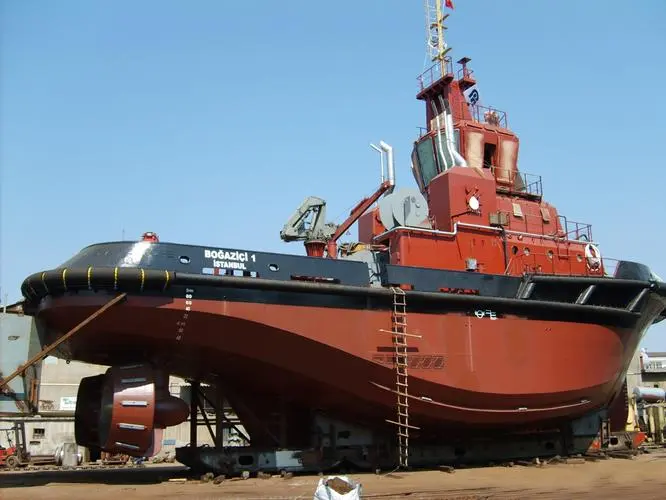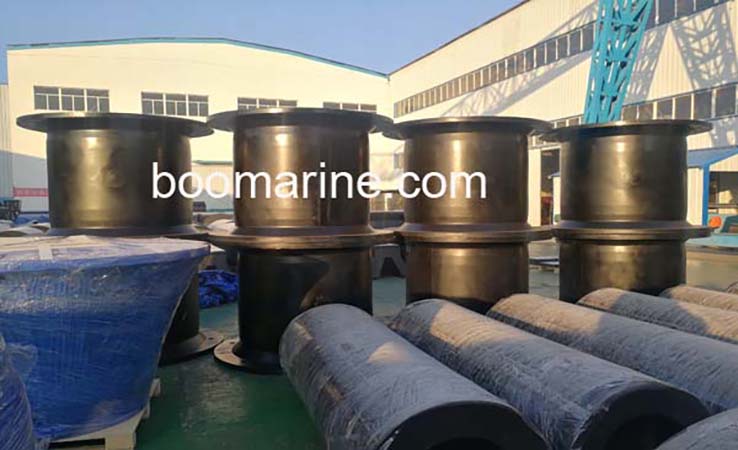Think about putting the boat into the sea on a cold day, and then hearing an intense scratching sound when the hull is pushed on the shore. Could a wrong size fender be to blame for this? Selecting the right size marine fender isn’t only about convenience. It’s an important choice that will protect your boat and your wallet. Let’s take a look at how to make the best choice.
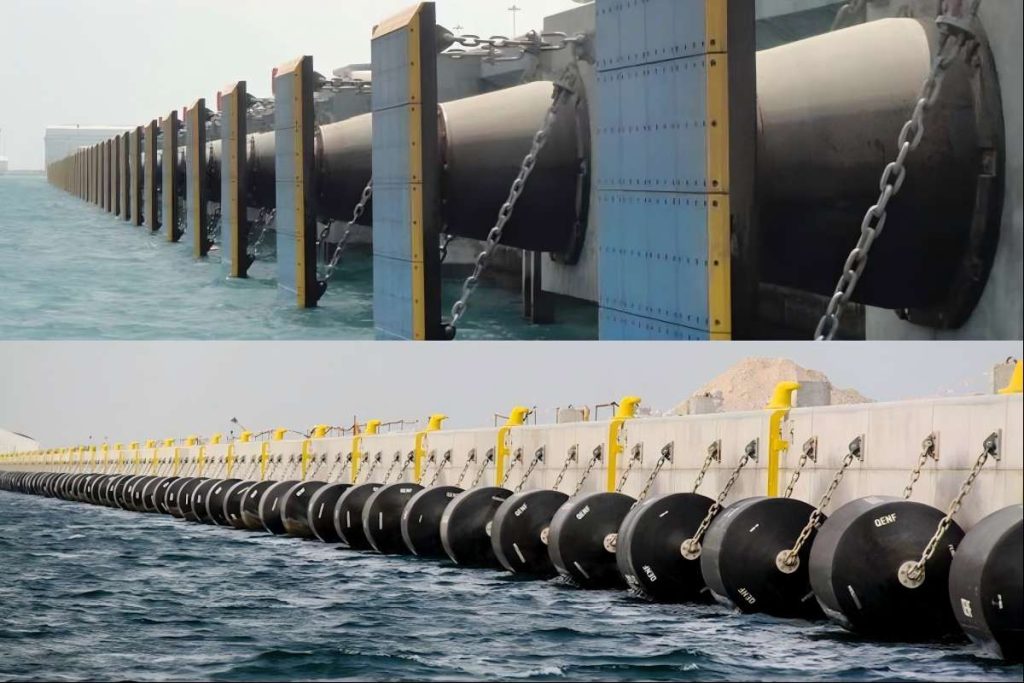
Why Should I Choose the Right Boat Fender Sizes?
Boat fenders act as cushions for boats with docks and piers, or any other type of boat. A wrong dimension could lead to an accident.
They’re not big enough and can’t withstand the impact force, which can cause scratches, dents, scuffs, and structural damage. If they’re too large, they could slide off the boat, putting your boat in danger.
Check this out: A 40-foot vessel colliding with docks at low tide requires a different defense from 20-foot fishing boats in calm waters. Fenders that are the proper size will distribute pressure evenly, helping to avoid expensive repairs and extending the lifespan of the fenders on your vessel. There is a high risk of not doing this correctly. Incorrectly, you could cause damages of thousands of dollars.
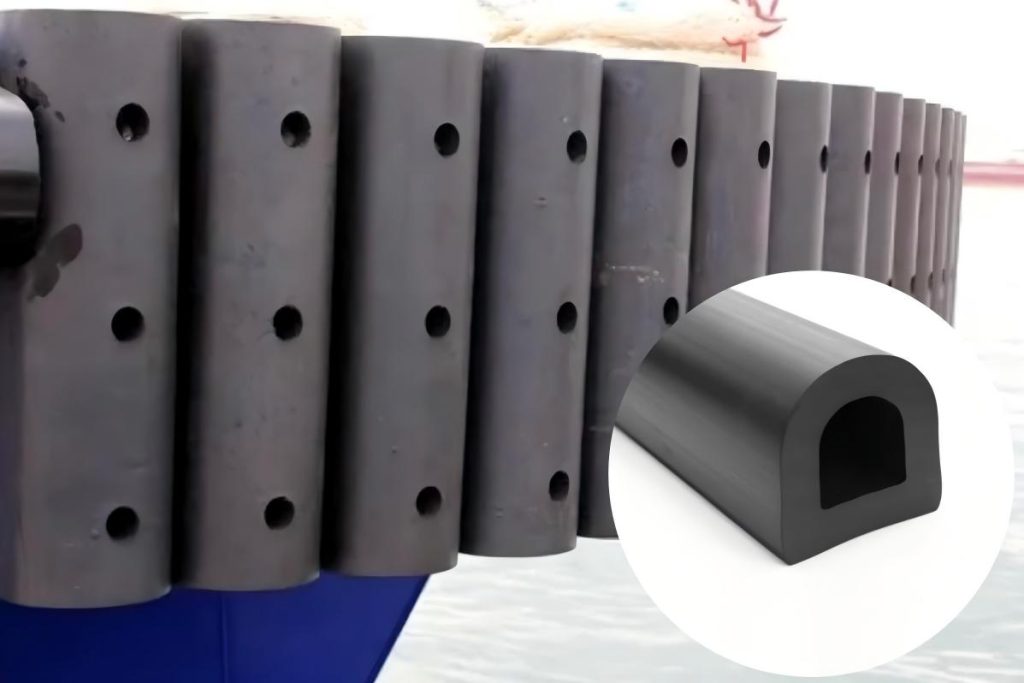
The Standard Boat Fender Sizes: Boat Fender Size Chart
Every boat is unique however, the most commonly used sizes of fenders can serve as an overview of what is typical. Below is a quick diagram of the dimensions of a fender on a boat that is based on the dimensions of the boat.
| Boat Length (ft) | Recommended Fender Size (inches) |
| 10–20 | 6–8 |
| 20–30 | 8–10 |
| 30–40 | 10–12 |
| 40+ | 12–18 |
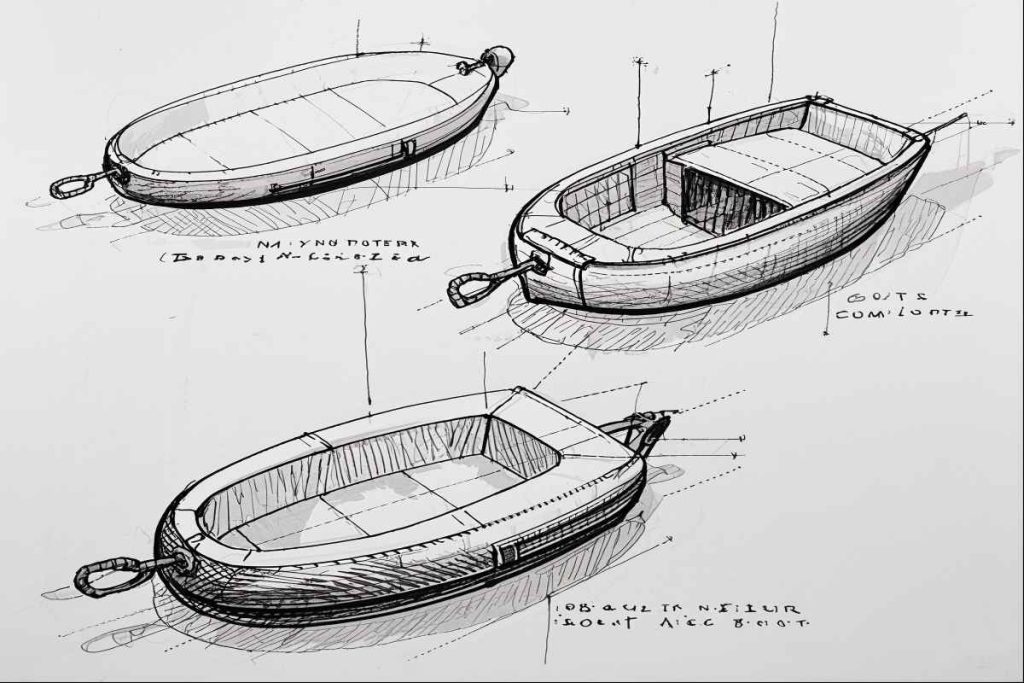
For instance, the 25-foot boat will normally have fenders that are 8-10 inches long. This chart is a reference point but not a set of rules. The shape of the hull as well as docking conditions and wave strength can alter the demands.
Beyond the size, the kind of fender also plays an important part. For example:
- Cylindrical fenders (e.g., Yokohama Fenders) are perfect for large vessels because of their excellent energy absorption as well as homogenous pressure distribution.
- Cell Fenders with the multichamber structure are ideal in the most demanding applications, such as tugboats and offshore platforms.
- Pneumatic Fenders (inflatable rubber fenders) provide lightweight portability and are typically used for temporary mooring and salvage operations.
- SA-type Super Arch rubber fenders have a high deflection as well as a lower reaction force, which makes them ideal for docks that are exposed to extreme tide ranges.
Always verify size recommendations by cross-referencing to the specific fender’s technical specifications.
How To Measure the Size of a Boat Fender?
A fender’s measurement isn’t just about length, it’s about knowing the extent to which it covers. The steps to follow are:
- Diameter Measurement: Find the broadest section of the fender.
- Length: Take note of the length, from the end of it to the end.
- Volume Displacement: Calculate the displacement using submerging the front fender into water and observing overflow. This will indicate the capacity to absorb shock.
For cylindrical fenders, diameter matters most. For spherical fenders, concentrate on the volume. Be aware that a fender marked “10 inches” might refer to any size, so make sure you clarify this in your questions with the vendor.
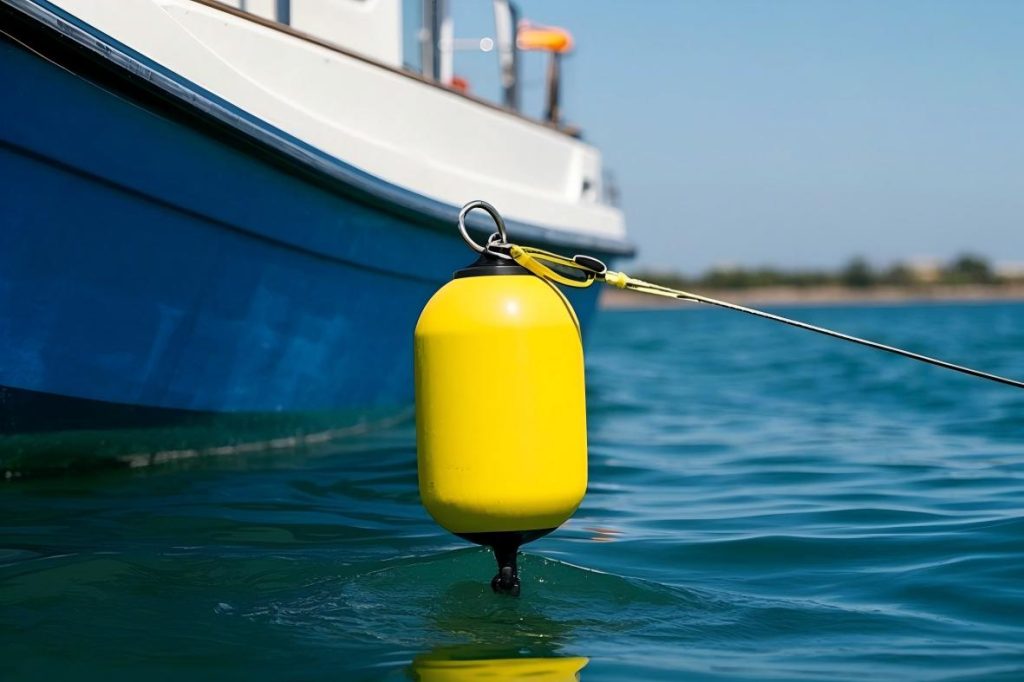
How to Test Rubber Fenders for Boats Are Correct Size?
Tests ensure that your rubber fenders work under pressure. Test these techniques:
- The Squeeze Test: Press the fender on the flat surface. If it expands by greater than 30 percent, then it’s soft. For specialized fenders, such as the D type fenders (designed to provide extreme shear resistance) be sure to ensure that there is minimal deformation in the lateral direction when compressing.
- The Bounce Test Take the fender down from waist-height. A properly sized pneumatic fender will bounce back quickly and without wobbling, and cone fenders (tapered to provide concentrated impact absorption) could exhibit an accelerated rebound due to its shape.
- The Fit Test The Fit Check: Hang the fender vertically. If it’s sagging or twisted it’s most likely to be undersized. Rubber fenders are ideal for use on tugboats that are constantly subjected to scratching; check for wear on the surface in the course of the testing.
Pro tip: Try fenders under real-world conditions. Place your boat on the dock temporarily and see how they react to slight bumps. Making adjustments now will save you headaches later.
When to Upsize Rubber Fenders for Better Protection?
Even if your fenders meet standard guidelines, certain scenarios demand upsizing:
- rough waters: Seas that are choppy or strong currents can increase the force of impact.
- Heavy vessels: The added weight (e.g., cargo, fuel) needs stronger security.
- Aging Fenders: Over time, rubber degrades, reducing effectiveness.
You can ask yourself:
Are your fenders cracking? Do they appear stiff?
If you do then upgrading to a larger size or better quality rubber for boats may stop accidents.
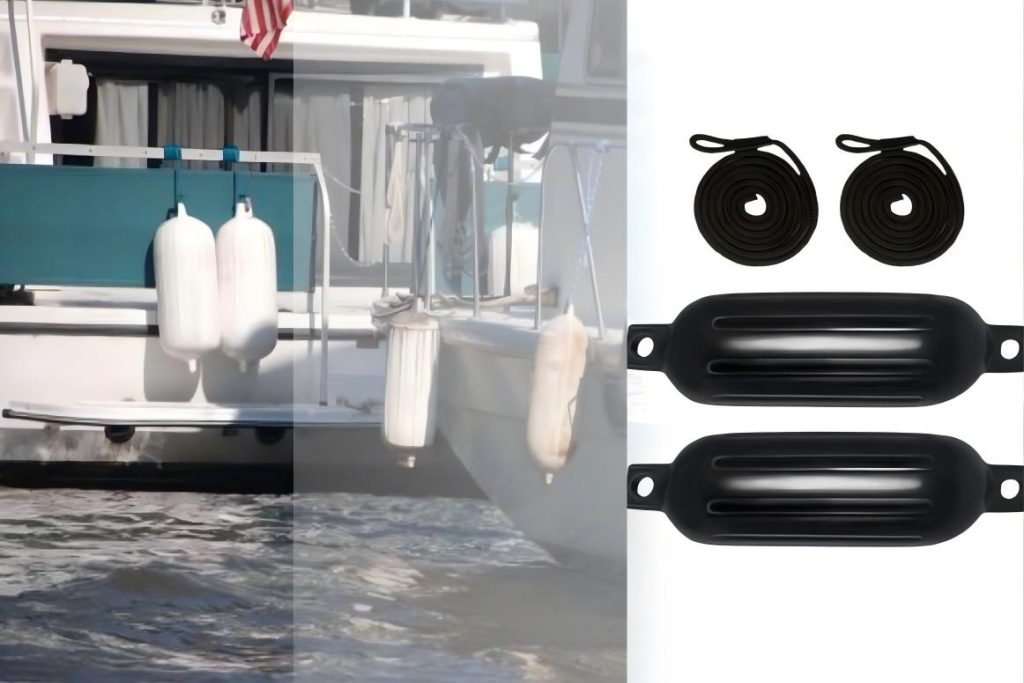
On All Accounts
The best size of marine fender is an amalgamation of practicality and science. Beyond the normal charts, you should consider specific types of fenders such as cylindrical ones for larger yachts, or cone fenders designed for docking that is high-impact. Begin with the fender for your boat size chart, then measure carefully make sure you test it thoroughly, and be aware of changing conditions. If you have a small fishing vessel or a lavish yacht, the proper fenders are the first protection against expensive damages.
Still unsure? Contact our expert team today for customized solutions. When you’re trying to protect your boat, “good enough” is not enough.

